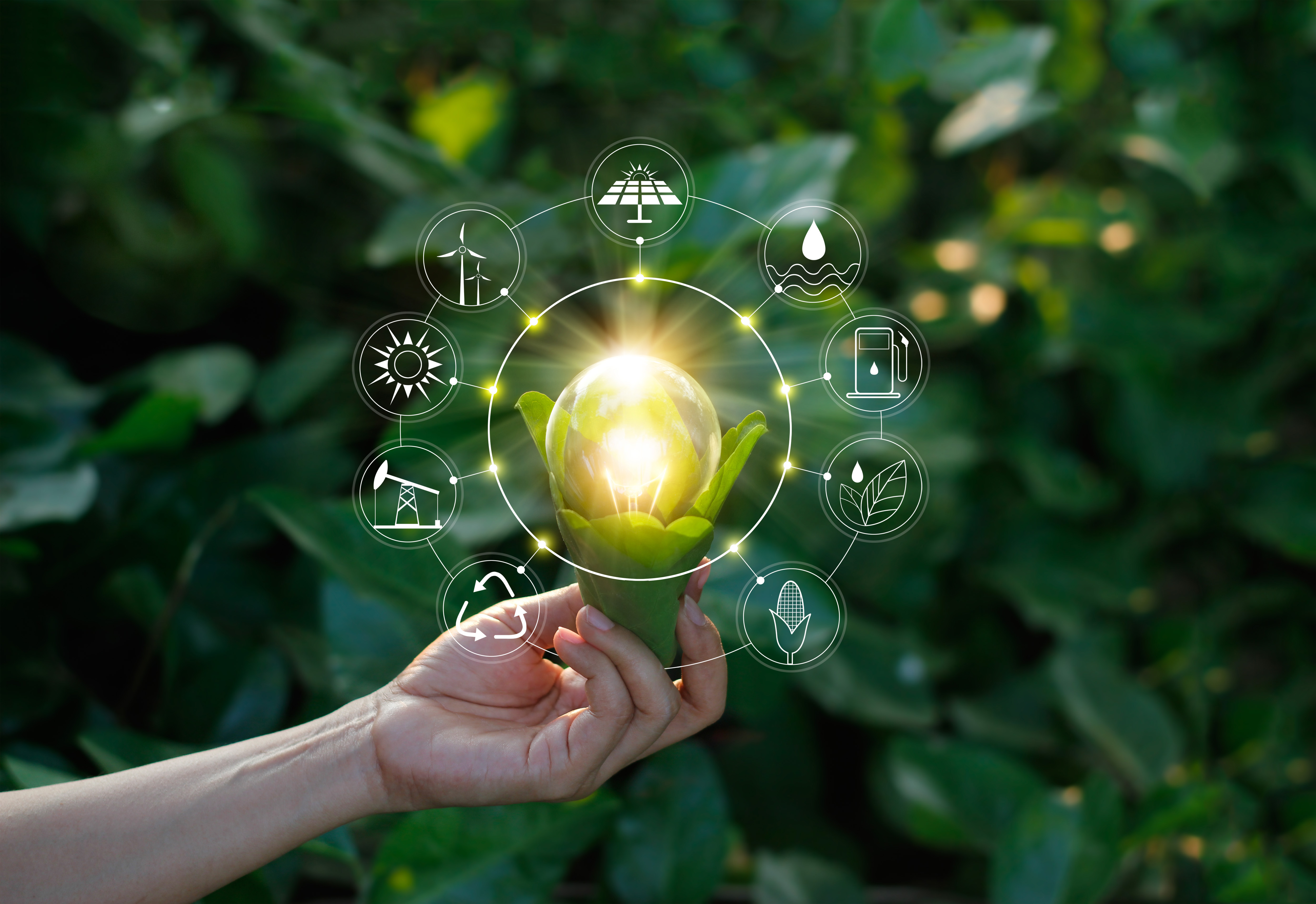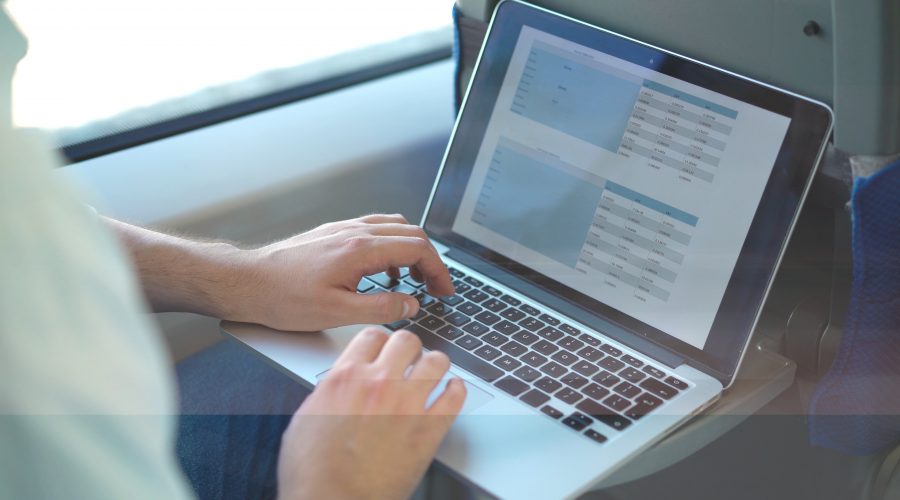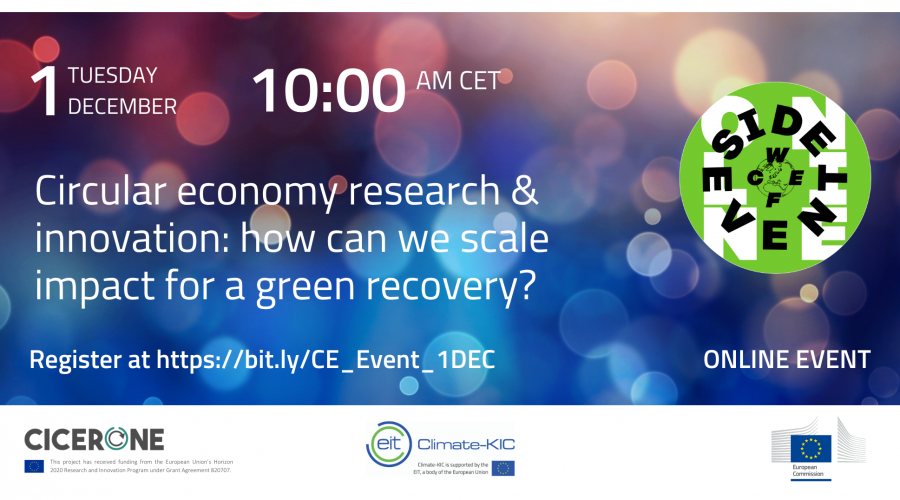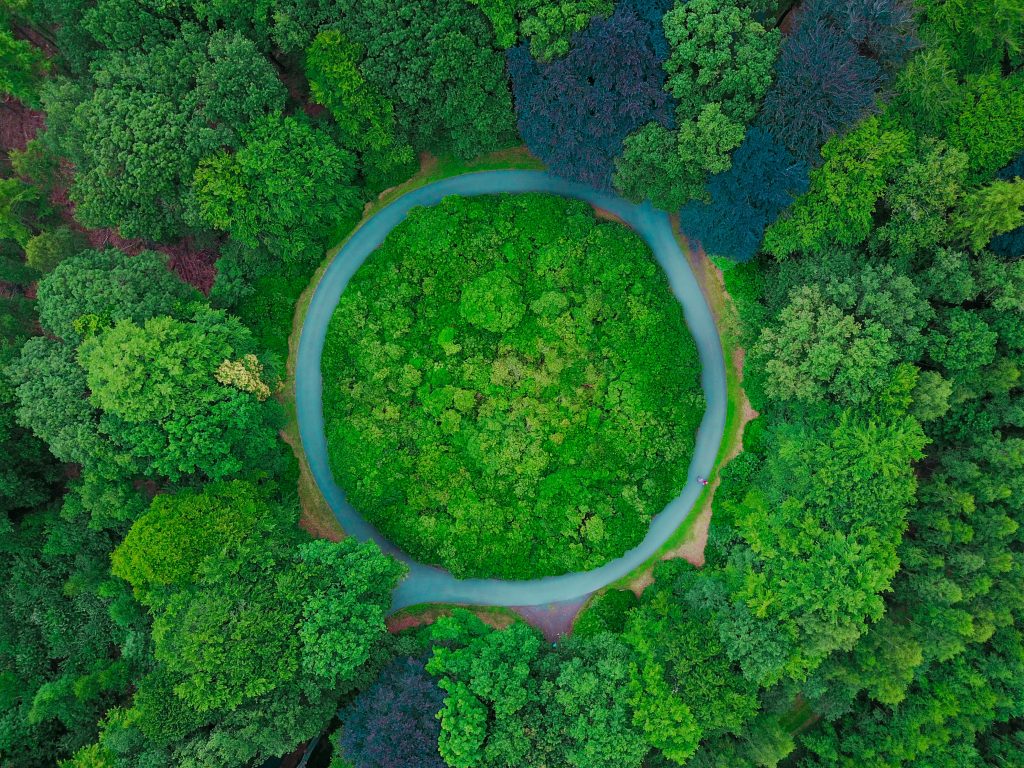Why is circular economy important for Europe? This is an increasingly popular question right now. Our short interview with Cliona Howie, Business Development Lead on Circular Economy at EIT Climate-KIC touches upon the importance of this subject.
The circular economy is accessible, inclusive and practical, so much that the blend of these three elements make it feel like a homecoming, according to Cliona who has been working as an environmental consultant for over 18 years.
Currently, Cliona is focused on circular economy transition, for both the private and public sectors. Her EU policy work on circular economy has her leading a 24-partner consortium on the new EU project, CICERONE that will set a Strategic Research and Innovation Agenda (SRIA) for European circular economy. This work will help set a coordinated approach to financing circular economy innovation in Europe and closely ties into her work with the European Commission´s Circular Economy Expert Finance Group as well as Climate-KIC’s work on shaping circular economy innovation agendas.
LGI: (Why) do you think the circular economy model is gaining increasing popularity?
CH: The need to shift away from a linear production model becomes particularly mainstream if you look at the projection for population growth and urbanisation trends. Similar to the resource efficiency movement 10 years ago, this shift in models is not necessarily about a strong willingness to comply nor reduce environmental impacts, but its about calculated risks. Among others, the finance sector can no longer ignore the consequences or even dangers of the linear business model which places increasing pressure on a steady supply of raw materials. Those projections don’t look particularly healthy so the business-as-usual approach is full of vulnerabilities that make even a gambling man twitch.
Secondly, the circular economy is accessible, inclusive and practical. The combination of these three elements, make the circular economy feel like coming home, a return to what feels natural. So many of us have an understanding of how our families lived only 1, max 2 generations ago. Then, waste was not a luxury by-product but bad maths for operation.
LGI: What are the key obstacles to achieving this model, and what could be the solutions?
CH: Despite a return to basic life principles, conversion to or integration of circular economy standards seems daunting to many businesses. It is critical that industry does not associate this shift with a loss of competitive advantage. They want to feel assured that the market (both demand and supply) will respond in sync with their new commitments.
To encourage uptake and adoption of this new business model, other changes, especially systemic ones must happen in parallel. Policy and regulation is a key driver. Incentives provided to consumers, industry and even public authorities and the pricing of externalities are two potentially powerful solutions. Furthermore, a commitment from the financial sector by way of setting new rules to the game i.e. the true cost of the linear risk is taken into account when evaluations are made – this could also be a strong driver of change.
LGI: What can businesses do to be drivers of the circular economy?
CH: In the same way that businesses push for standards in their health and safety assurance, they can be drivers by pushing for circular economy standards. Supply chain management and B2B relationship that demand integration of circular economy principles can have a large impact on accelerating this critical transition.
Increased pressure for responsible business is also a strong influencer and can drive change amongst slow starters. But certainly, public and open commitment with demonstrable initiatives will inspire change amongst competitors. Green sells, so in this way, I liken the circular economy movement to the end of public smoking. Businesses can project a more attractive image of themselves while capturing opportunities for increased growth, innovative models that allow for diversification and a competitive advantage that includes cost savings… saying that, to become a true driver of circular economy transition, businesses have a duty to become more open and transparent.
ABOUT CLIMATE-KIC
EIT Climate-KIC is a European knowledge and innovation community, working towards a prosperous, inclusive, climate-resilient society founded on a circular, zero-carbon economy.#
This post was written by LGI consulting, click here to view the original post.






